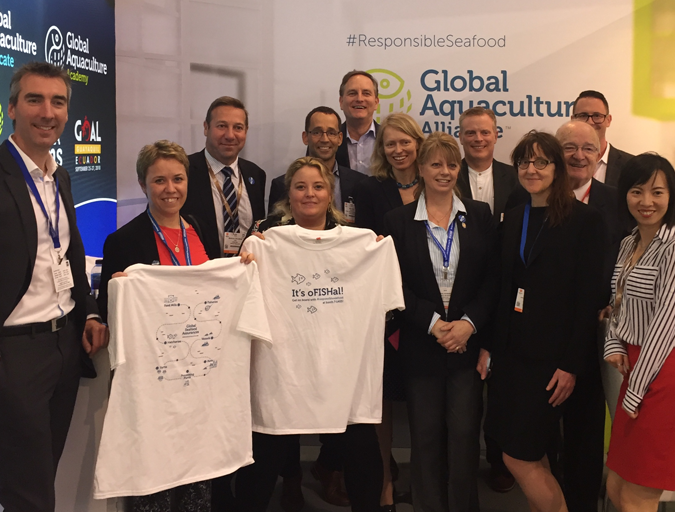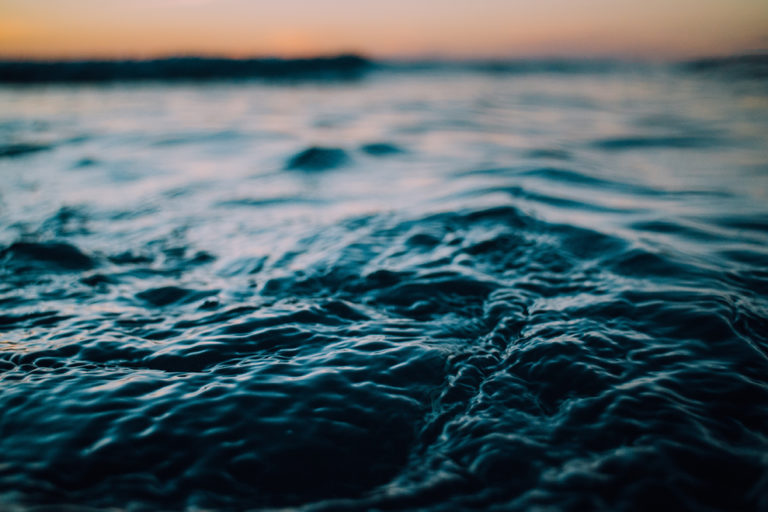
GAA’s Chamberlain Talks Future of Shrimp at Aquavision 2018
Global Aquaculture Alliance President George Chamberlain was among the featured speakers at the Aquavision 2018 conference in Stavanger, Norway, in June. His 30-minute presentation, titled “The rapidly advancing elements of sustainable shrimp farming,” focused on the history and origin of today’s shrimp production systems, challenges and potential solutions moving forward. The Aquavision conference, which has been

















